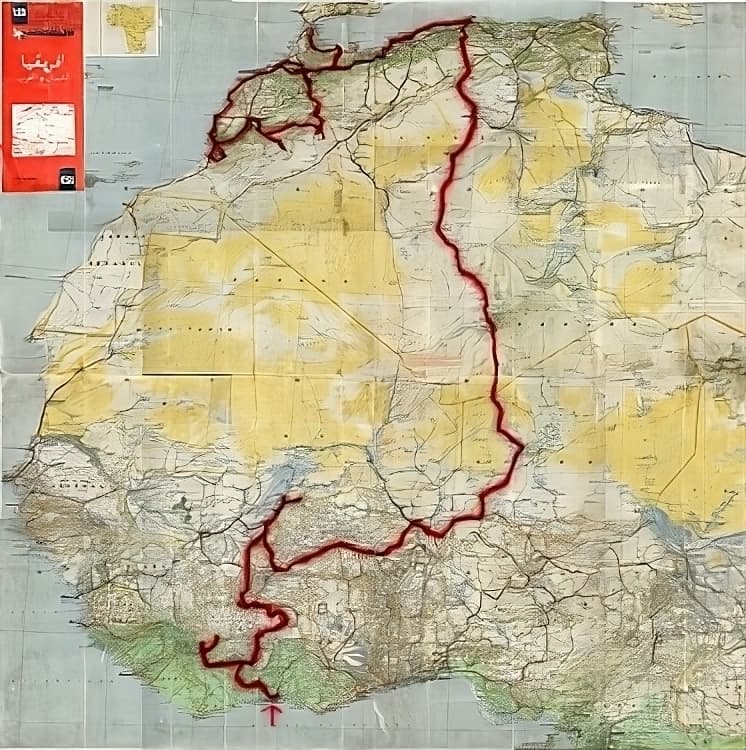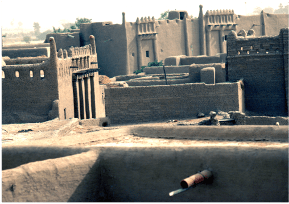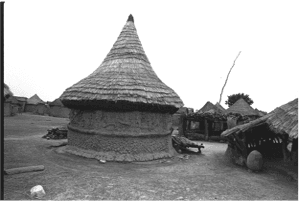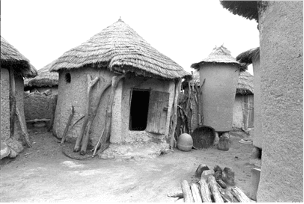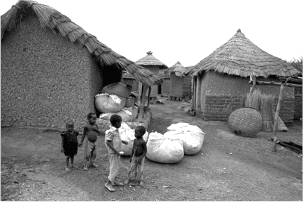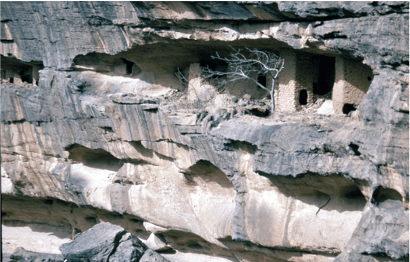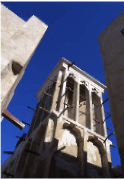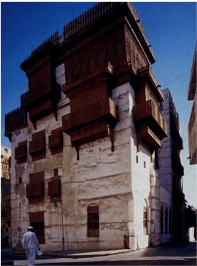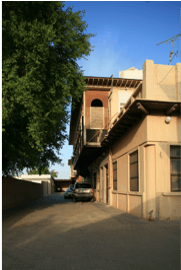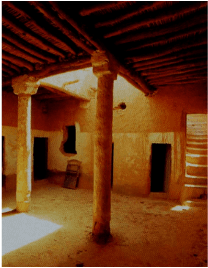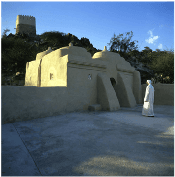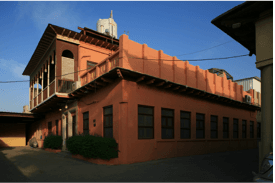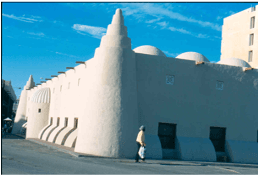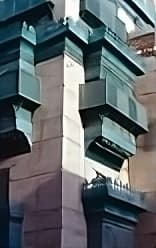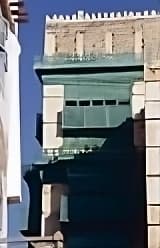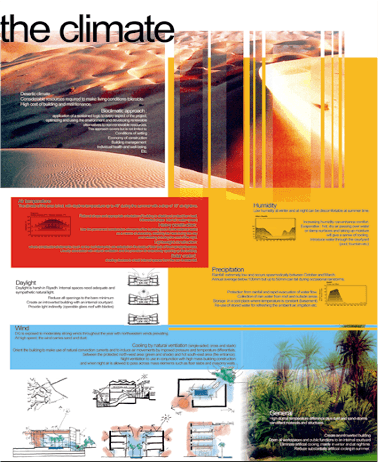RESEARCHING
Architecture without Architects
West and North AFRICA 1976-1978
During this 3-year journey many research missions were conducted in Ivory Cost and Mali including a crossing of West and North Africa in 1978. The purpose of this crossing was to discover and explore the variety of vernacular architecture and traditional construction modes in West and North Africa.
This 3-month expedition started in Abidjan, Ivory Coast, followed by Mali, home of the Dogons, then Burkina Faso, Niger, the Great Sahara (through Tassili Hoggar), Algeria and Morocco (explored from North to South). Its itinerary is visible on the attached Michelin Map with stops corresponding to the places where African architectures are the most typical.
The extraordinary typological variety of African architecture is due to many elements: climate, context, availability in situ of construction material, socio-economical structures of the tribe or ethnical population and most importantly the religious factors.

